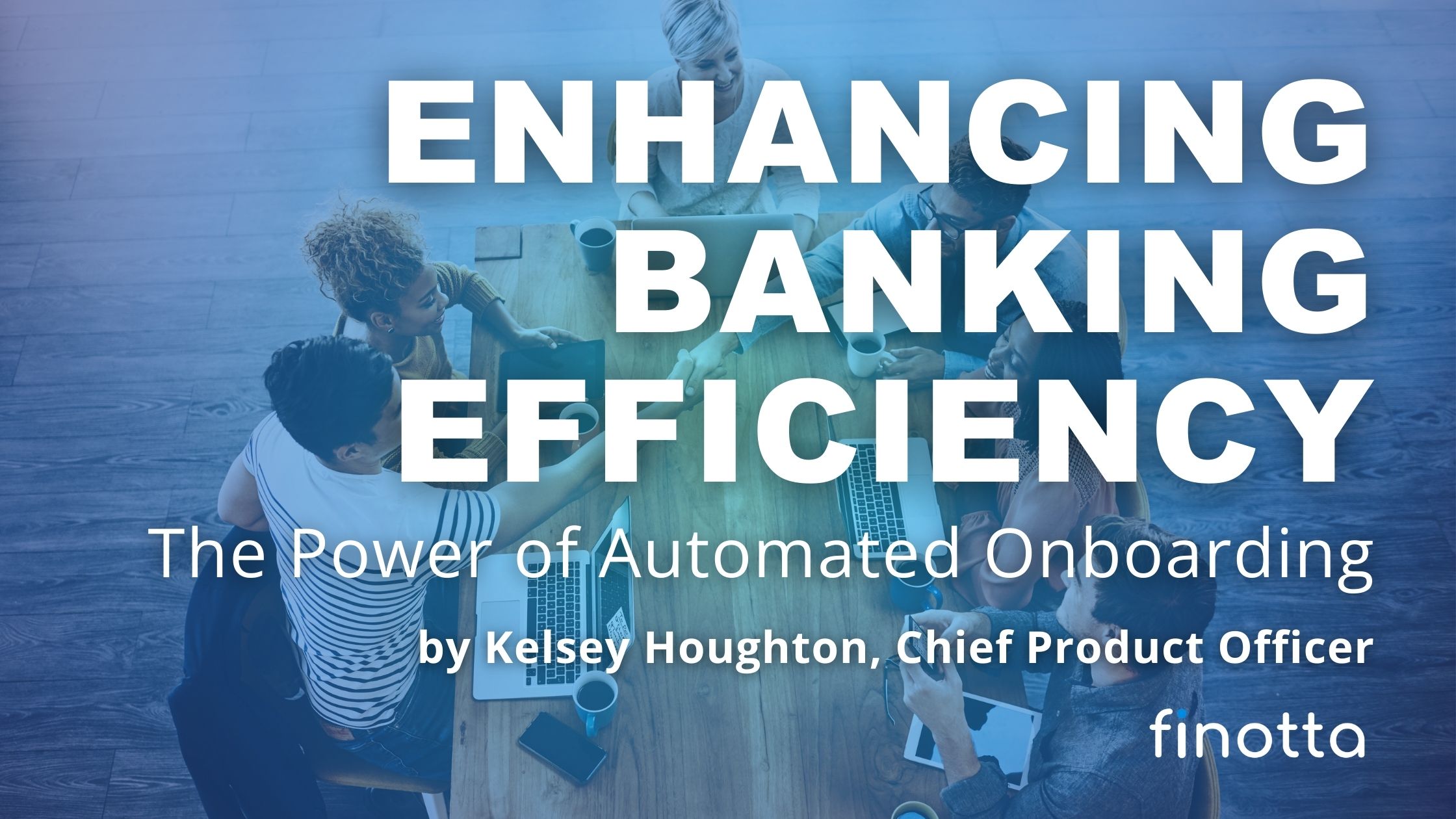Kelsey Houghton
Dec 21
3 min read

